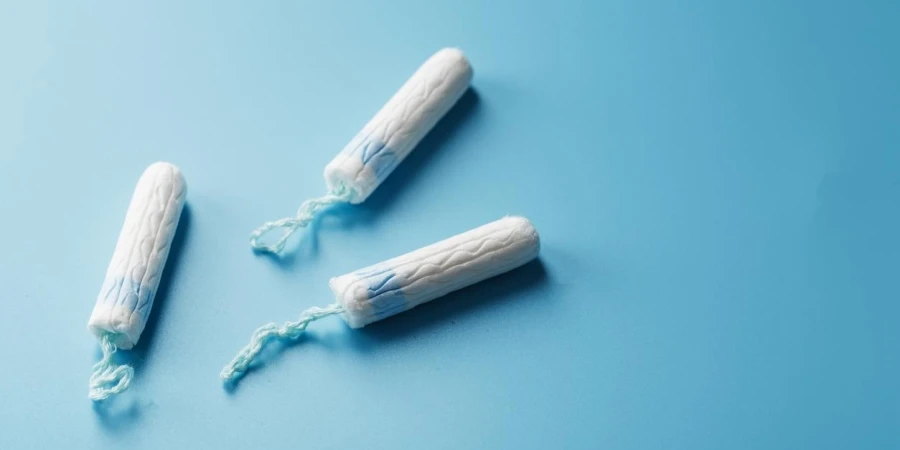Table of Contents
1. Introduction
2. Exploring the Key Types of Tampons
3. Market Dynamics and Trends Shaping 2025
4. Essential Criteria for Selecting the Perfect Tampon
5. Spotlight on the Best Tampon Picks and Innovations
6. Conclusion
Introduction
In the changing realm of menstrual product advancement, many advancements and high-quality tampon labels focus on comfortability and sustainability while ensuring that effectiveness remains a priority. Considering the rising demand for eco alternatives among consumers seeking versatile options, our comprehensive guide is designed to steer you through the prominent trends and top tampon recommendations for 2025. Whether you’re a user or just beginning to explore options, our insightful guide is here to assist you in making well-informed decisions tailored to your specific preferences.
Exploring the key types of tampons

There are types of tampons to suit individual preferences and comfort needs in daily life and activities. A common categorization is between applicator and non-applicator tampons. Applicator tampons are well-liked for their convenience and cleanliness since they are inserted using a plastic or cardboard tube that minimizes contact with the tampon. This kind of tampon is preferred by novice users or those who value ease of use because the applicator aids in more accurate insertion. Non-applicator tampons are inserted manually without using any applicators, making them a greener choice as they generate less waste than applicator tampons. Though they may need a bit of practice to insert compared to applicator tampons, they are preferred by eco individuals for their compact size and discreet nature.
The popularity of tampons has seen an increase in the past few years due to health considerations and the preference for natural menstrual products free of chemicals like synthetic materials and dyes found in traditional tampons. Tampons made from 100% organic cotton and devoid of fragrances or chlorine content are preferred as many consumers are more mindful of potential health hazards linked to conventional tampons, including exposure to dioxins or pesticides utilized in nonorganic cotton production processes. Switching to organic tampons can bring comfort to individuals with sensitive skin or those looking to steer clear of exposing their bodies to potentially harmful chemicals. Opting for these tampons also tackles environmental worries by presenting a sustainable option that reduces landfill waste and breaks down more naturally than conventional synthetic items.
Tampons also vary in absorbency levels to suit different menstrual cycle phases, from heavy flows to light days. The super-absorbent tampons are for added protection for those with heavier flows during menstruation peak days. On the other hand, it’s best to use regular or light-absorbency tampons for light-flow days to prevent any discomfort from dryness. Some brands offer a variety of packs with absorbency options, which lets users select the right tampon based on their daily cycle needs. When choosing a tampon, from the wide range of possibilities, it is essential to prioritize comfort and protection for menstrual health.
Market dynamics and trends shaping 2025
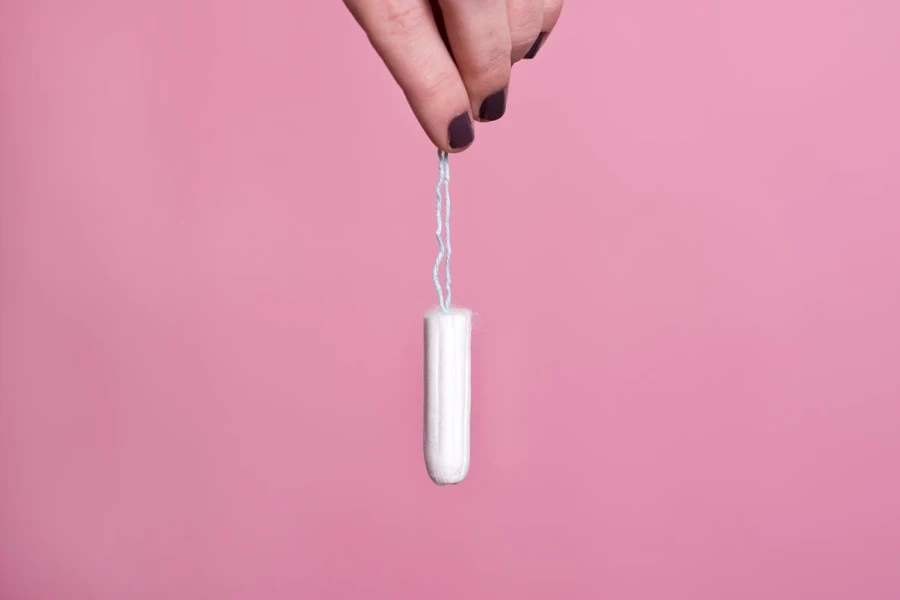
In 2023, the global tampon market was worth US $4.5 billion and is predicted to rise to US $6.34 billion by 2028, with a 5.8% compound annual growth rate.
In 2025, there’s a change in the tampon market as more people are choosing sustainable options for their menstrual needs. A survey conducted in 2024 by Global Menstrual Care Insights found that 65% of menstruate individuals now consider environmental factors when buying products. This has led to brands introducing tampons made from cotton and materials that are biodegradable or recyclable to meet this demand. Market frontrunners such as Cora and Lola have seen a surge of 40% in sales for their eco collections since 2023. This shift towards sustainability is more than a trend but a central market feature as buyers aim to minimize plastic waste and match their decisions with wider environmental issues.
The choice of tampons significantly influences health and safety considerations. Euromonitor International found that in 2025, 78% of consumers prefer using tampons that do not contain substances like dioxins, fragrances, and chlorine. The increasing availability of chemical-free tampons has driven this change, with companies like Rael and Seventh Generation establishing themselves as key players in the health-oriented sector. Organic tampons are becoming more popular among consumers due to their hypoallergenic promotion. They are better suited for skin compared to conventional options available in the market today. Their share of tampon sales has risen significantly to 30%, a notable increase from the mere 12% reported in 2020. The growing concerns around health issues like Toxic Shock Syndrome (TSS) have motivated people to explore options when it comes to hygiene products.
A trend that is influencing the tampon market is the increasing popularity of subscription-based services, which is making waves in the industry today. A recent report from Statista predicts that the global menstrual product subscription market will hit $1.5 billion by 2025. This is quite a jump from $900 million in 2023. Companies like Tamplify and Athena Club are seizing this opportunity by offering tailored tampon subscriptions that let users customize their orders based on absorbency needs and cycle length preferences. Whether they prefer organic or non-applicator tampons, these offerings provide more than convenience; they also cultivate lasting customer loyalty by removing the need for rushed shopping trips at the last hour. In a changing market landscape of 2025 for the tampons industry, the trendsetting combination of eco-friendly items focusing on health and subscription-based services is paving the way toward new standards.
Essential criteria for selecting the perfect tampon
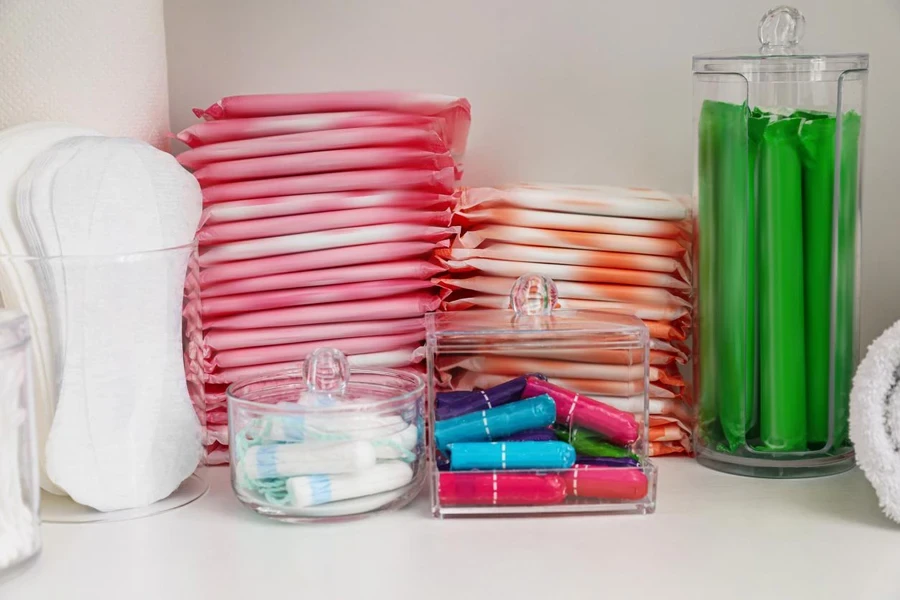
Picking the right tampon is a choice that varies from person to person; however, there are some factors to keep in mind to make sure you choose the right one for your body and routine. Absorbency level is key as tampons are available in various absorbency ratings, like light and super. Picking the right one that matches your flow is vital to avoid leaks or discomfort. For example, using a super-absorbent tampon on days with light flow could lead to unwanted dryness, while relying on a standard absorbency tampon might not offer sufficient protection during heavier flow days. In 2025, numerous brands provide various packs of tampons, allowing users to alternate between light-flow tampons for comfort and absorbent ones for enhanced protection throughout their menstrual cycle.
When choosing a tampon to use, the material it’s made of is important to think about. With more people becoming aware of the dangers of chemicals and artificial materials, some now prefer tampons made from cotton that don’t contain chlorine, dyes, and fragrances. Research has indicated that tampons with fibers could lead to irritation or allergic responses in people with sensitive skin. Those worried about exposure or sensitivities are now opting for tampons from popular brands such as Lola and Cora, which provide tampons made of 100% certified organic cotton without any pesticides or harmful substances added to them. Examining the ingredients and certifications listed on the tampon packaging is advisable to ensure you select a product that effectively meets your health and safety requirements.
Recently, consumers have been concerned about the environmental impact of tampons. Around 20 billion tampons and applicators are disposed of in landfills worldwide every year. As a result of this statistic and the increasing awareness of sustainability issues in the menstrual products industry, there is a shift towards eco-friendly options such as biodegradable tampons, compostable applicators, and reusable menstrual cups. Some eco-conscious brands like DAME and Flo are leading the way by offering tampons made from materials that decompose quickly, reducing their environmental impact. Many shoppers are now looking at the packaging when choosing tampons besides the material used for options that use waste or recyclable materials. Aside from the benefits of reducing waste by selecting eco-tampons, packaging choices also contribute to the growing trend of sustainable menstrual care solutions.
Spotlight on the best tampon picks and innovations
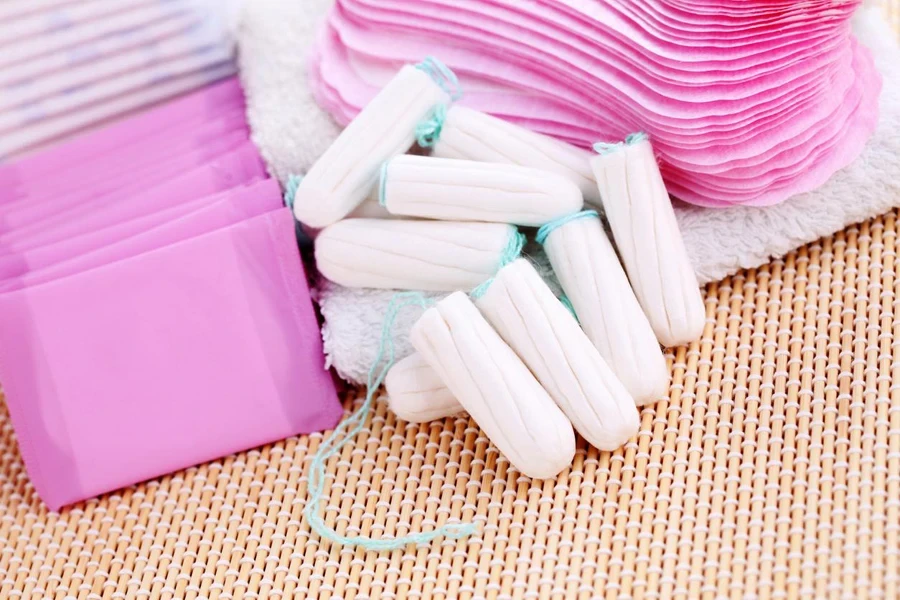
In 2025, the tampon industry is bustling with ideas focusing on comfort, sustainability, and better protection. A notable improvement in design is the move towards using cotton, which has quickly become a top pick for those who prefer natural, chemical-free options. These tampons are typically crafted from 100% cotton and are free of artificial fibers, scents, and colors. Their standout feature is their properties, making them a great choice for individuals with sensitive skin. Many companies offer tampons, in both applicator and non-applicator options, to allow users to select the option that aligns best with their comfort and eco-friendly choices.
One notable development in tampon design is the increasing emphasis on eco options to lessen the ecological footprint of menstrual products. These tampons are made from materials that decompose readily in landfills and feature applicators crafted from plant-based sources. The commitment to sustainability extends beyond the product composition to include packaging that utilizes recyclable or compostable materials. This change comes as a reaction to the increasing need for eco-menstrual products as more consumers choose options that match their environmental beliefs while ensuring dependable protection and comfort.
In 2025, tampons with cutting-edge leak protection technologies are gaining popularity for performance improvements. These tampons showcase innovations like customized absorbent cores that control leaks during heavy flow days. Enhanced designs with flexible applicators enhance comfort and convenience. Certain models also incorporate leak guard technology to ensure 100% leak protection, making them a preferred option for active individuals or those needing dependable overnight safeguards. These enhancements have raised the bar in terms of tampon effectiveness, guaranteeing that users feel self-assured and protected all day long.
Ensuring comfort is a key focus in tampon designs; some versions offer a smoother insertion process and a wider range of absorbency options for added flexibility and ease of use. Nowadays, tampons are crafted from more pliable materials that mold to the body’s shape to boost comfort while reducing the likelihood of irritation. With varying absorbency levels ranging from light to super-plus, users can select tampons that best suit their flow patterns to avoid discomfort caused by inadequate or excessive absorption. These menstrual products frequently include user applicators crafted for smoother insertion to cater to newcomers and individuals who value convenience. This progress in comfort and improvements is setting the stage for an intriguing year ahead in the realm of menstrual care items.
Conclusion
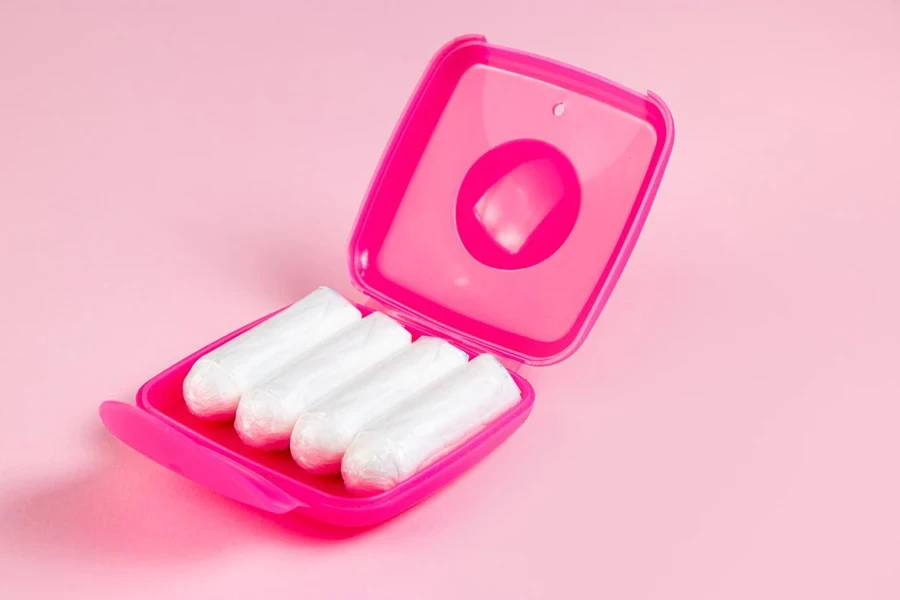
In 2025, the tampon industry is characterized by advancements focusing on ensuring comfort and addressing environmental sustainability issues worldwide. With options ranging from chemical-free materials to biodegradable choices and innovative leak protection technologies, consumers can choose tampons that suit their health requirements and eco-friendly beliefs. As the desire for eco-conscious products increases, companies are providing options emphasizing comfort, effectiveness, and a smaller environmental impact. 2025 is set to be a game-changing year in menstrual care by prioritizing user preferences and embracing innovations.
